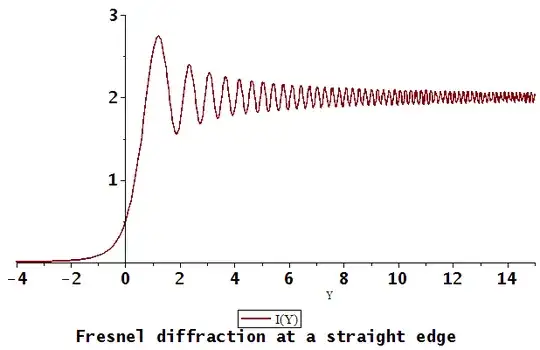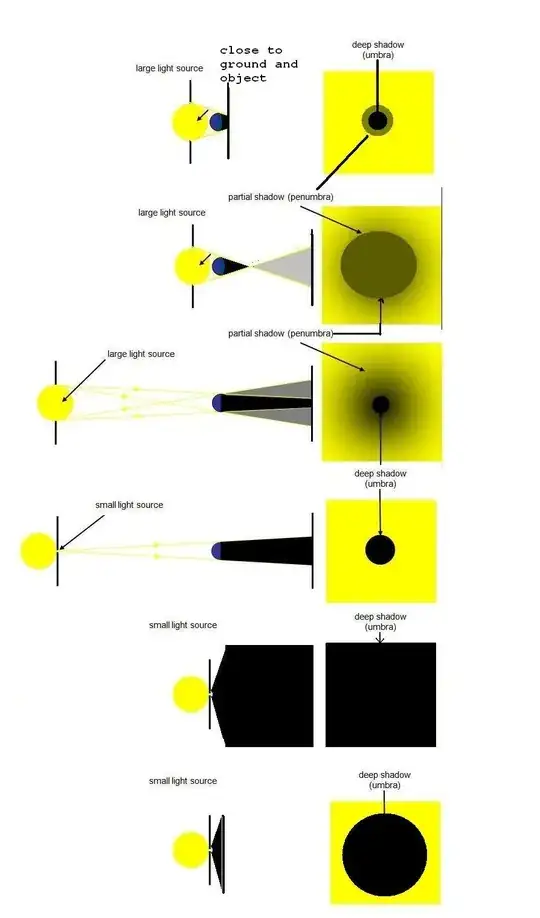If you are talking about the partially shaded outer region of a shadow then yes it would be called the penumbra and would be described as Jen says. Or like the area of a partial eclipse.
If your talking about factors that affect the sharpness of a shadows edge then it would have to do with distance, wavelength, light source and sharpness of the illuminated objects edge.
Light is being diffracted by the edge of the object being illuminated. This is called knife edge or straight edge diffraction and it produces a diminishing fringe pattern along the shadows edge that looks like this.

If the edge is sharp enough (like a razor edge) and the light source is monochromatic you can see these fringe patterns. The term I use is single edge and I write about it in my paper on the web site at the top of my page.

